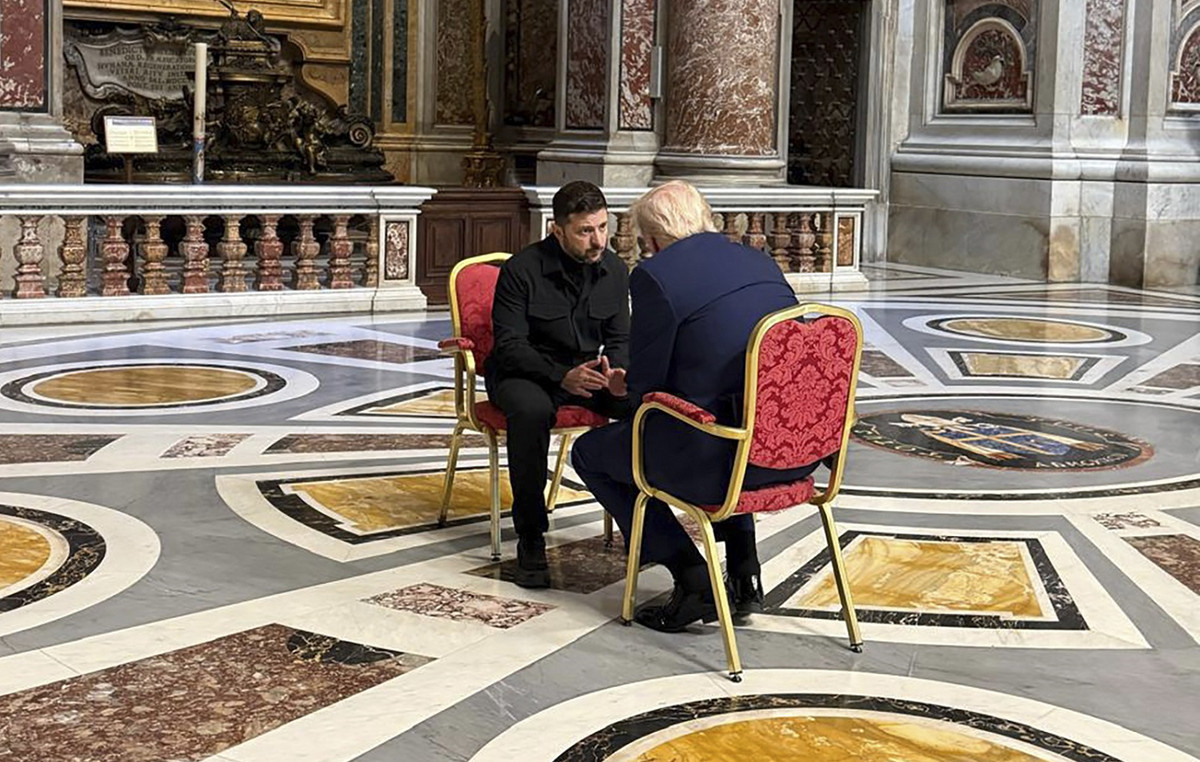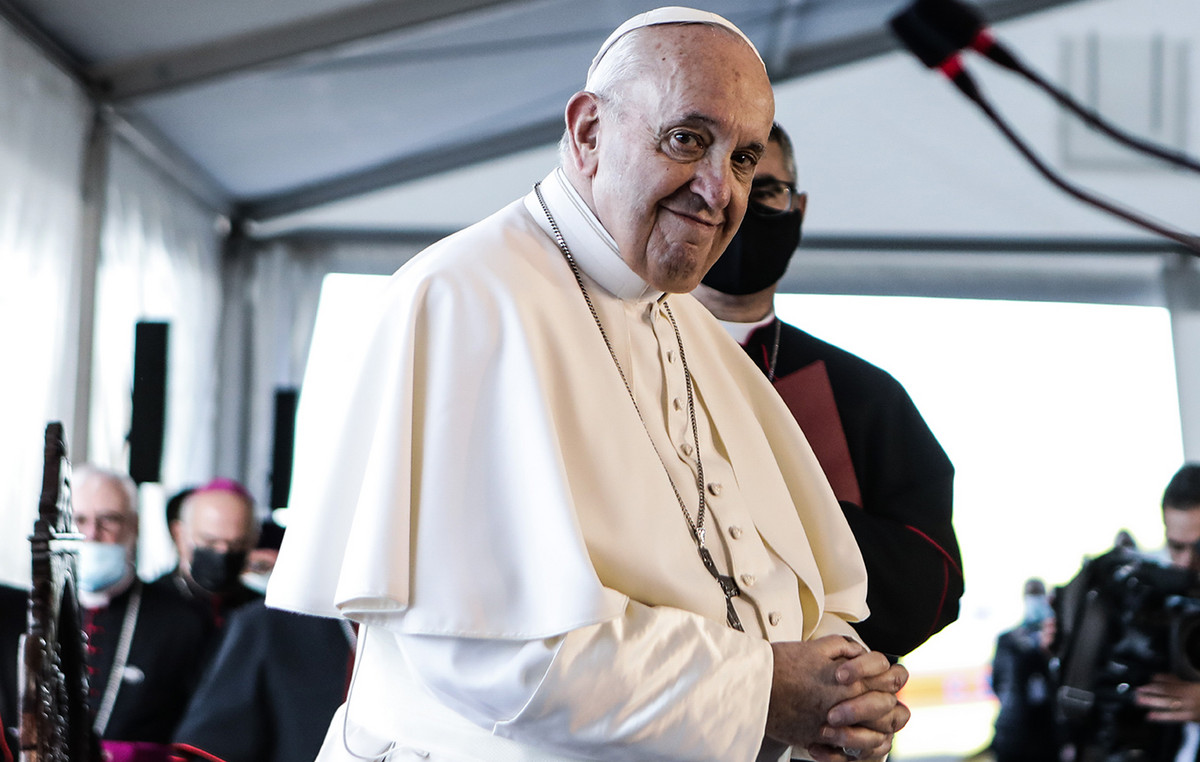He was an ambitious young man who succeeded in his life and more.
And he even managed it with stubbornness and perseverance, leaving a legacy of his own way.
The “Konosuke Matsushita way” is historical today, how a 23-year-old apprentice in a factory, that even the school had not made, had a good idea.
But the boss did not like the idea, so the young Matsushita was locked in his garage to experiment.
With boldness and jealousy, he embarked on his business adventure and built a real colossus.
Matsushita Electric Industrial Co., as it was known Panasonic by 2008, it was Japan’s largest electrical and electronics company, but also the world ‘s top there at the end of the last century, a $ 30.1 billion giant, according to recent Forbes figures.
This is the story of the man who made it all…
Who is Matsushita Konosuke?
Born in November 1894 in a small rural community Japan, Konosuke was the youngest of 8 children in the family. His father was a small landowner, so he could offer his children a relatively comfortable life.
Of course, everything would change when he lost his life and was forced to take his family and move to an apartment in the city. Little Konosuke had to get his first job before he even finished elementary school. And far from his parents.
This is how he spent his childhood, working as an assistant in shops. From time to time he attended a night school to get the basic education paper, but his parents were against it.
“The things you learn will secure your future,” his father told him, “if you succeed one day as an entrepreneur, you will be able to hire educated people.”
So Konosuke never went to school again. But at the age of 15 he went to work for an Osaka electricity company, as electricity seemed like a big deal to him.
In all, she was married to a neighbor in the spring of 1915, at the age of 20, and now she had a husband to support her financially. Only the future did not look promising…
How to build your own company
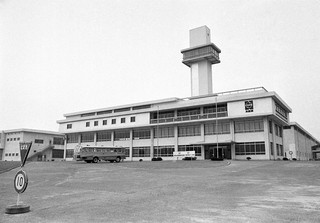
By the time he was 22 (1917), he had reached the position of inspector at the power plant, the highest position a technician could reach.
For a long time, however, he tried in vain to convince his boss of his own invention, an improved electrical outlet. He had designed and built it all by himself and he was very proud.
On June 15, 1917 he would make the matte move of his life: he left his secure and well-paid position in the factory to build his own company.
The capital he had raised, however, was meager for his plans. He could only buy the basic tools, hand tools of course, for electrical machines for no reason. Undaunted by financial poverty, he set up his business in a small house with two colleagues from the factory, as well as his wife’s brother.
However, the sales of its socket were not good. By the end of the year, his associates had retired, leaving him alone to fight for his life.
It was now on the brink of disaster, but the batch was magically saved by an unexpected order for electric fan components…
The birth of the electronics giant
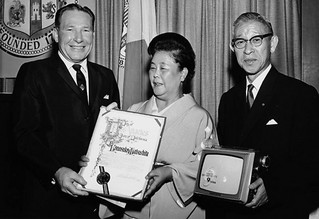
With his first good money in the bank, Konosuke could dream again. He rented a two-story house and formally founded Matsushita Electric Housewares Manufacturing Works, Panasonic’s own base.
Inside the spacious ground floor workshop, Konosuke was able to better experiment with electrical applications, presenting more and more products. Which were always in his own design.
Its new sockets and electrical equipment proved to be irresistible. Matsushita Electric soon became synonymous in Japan with good quality and low prices. Until 1922, Konosuke was obliged to make his own factory to be able to meet demand.
In 1923, at the age of 28, he designed an electric bicycle lantern, recognizing another need of the market. He had started from a bicycle shop as a child and knew the job well. Electric bicycle lights were already available in Japan, but they were unreliable and had a very short lifespan.
Konosuke spent the next 6 months designing his light, which could work for 40 hours without charging. Where the competition gave only 3 hours of operation at the traffic lights.
Of course, no one believed his claims. Konosuke sent his bulbs to the country’s bike shops, prompting owners to try them out. The rain with the orders showed that he was right.
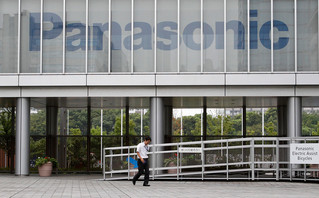
The next big stop in his rich career, in 1927. The 32-year-old now had a new goal in mind. Most electrical products were then very expensive, intended for the upper social strata.
Konosuke wanted to make them accessible to everyone. And especially to those who did not have. And so he set up a new laboratory (National said it) in charge of making affordable electrical appliances.
The first such product was an electric iron, the National Super-Iron. And then he started going crazy. The purchase of electric irons was for Japan a history of 100,000 appliances per year. But he ordered his engineers to make 10,000 irons a month.
He knew that mass production would cut costs. And at a low price, the electric iron market would take off. It was one of his biggest commercial triumphs.
In 1931, at the age of 36, he began making the first ones radios. Again on the basis of the good product at a low price. It was closed in the laboratory and within 3 months it was ready.
And it was so good that it won the Tokyo Public Broadcasting Competition. It was a surprise from the very first day of its release on the market.
The special moment
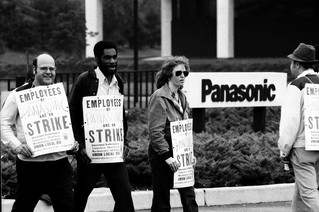
On May 5, 1932, Konosuke gathered his employees because he had something very important to say to them. His words would lead the company to the next decades.
“A manufacturer’s goal is to overcome poverty by producing an abundance of goods. Despite the fact that water can be considered good, no one objects if a passer-by bends down and drinks from a small river. This is because the water supply is abundant and the price is low.
Our mission as manufacturers is to create materials in abundance, offering goods as abundant and cheap as tap water. “In this way we will eradicate poverty, bring happiness to people’s lives and make this world a better place.”
It was the philosophy that the company would operate in the coming decades…
Konosuke at the top
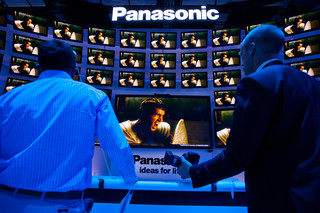
In 1933, at the age of 38, he set up his own system for the management of the company, he called it “autonomous management”. It broke the company into three distinct divisions, according to the products that each produced, now having a separate administration and facilities.
In the same year he inaugurated a new factory in Osaka, as well as a new headquarters. His company was now manufacturing 200 products, only he continued to feel the need to expand the range.
“The job is the people,” he now said, setting up staff training programs. He aimed mainly at unskilled workers, whom he wanted to educate with exactly what he lacked: elementary education, combined with professional skills.
As early as 1932 he flirted with expansion abroad, which finally happened in 1935. In 1941, when Japan entered World War II, it was forced to accept a series of state armaments contracts.
Konosuke has been making since 1943 warships (Matsushita Shipbuilding Company) και fighter jets (Matsushita Airplane Company). By the time the war ended, his company had been hit hard, losing 32 factories and offices, mostly in Osaka and Tokyo.
With its basic production unit intact, however, all it had to do was rebuild it all from scratch. But he had something else to do.
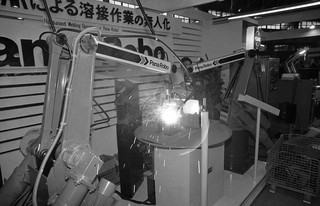
On August 16, 1945, a day after the unconditional surrender of Japan, Konosuke, 51, summoned his top officials and announced his intention to form his workers’ first trade union.
At the union’s first formal meeting, everyone applauded Konosuke for his initiative. But now he had other problems in his head.
Because his company had manufactured military equipment according to him World War II, the US administration in Japan forced him to resign as president.
And in something unprecedented in the chronicles, everyone, his workers, the associations, the suppliers, even the retail stores, showed their support for him.
And in something even rarer, the top command of the Allied Powers allowed him in May 1947 to finally retain his position, deeming it necessary for the reconstruction of the company.
Panasonic

It was in 1951 that Konosuke announced that it was time for the company to find its place in the international community. Convinced that the adoption of Western technology was exactly what post-war Japan needed, he began technical cooperation with the Dutch in 1952, after very hard negotiations. Philips.
Truly unstoppable, in 1956 he presented his new business plan, with a five-year horizon. The ambitious plan was to quadruple sales and increase the workforce by 60%.
“Success is guaranteed,” he said, “because these numbers represent the wishes of the masses, with whom we have made an invisible contract.” Konosuke caught all the seemingly impossible goals in 4 years.
In 1959, at the age of 64, he built his first factory outside Japan. MECA (Matsushita Electric Corporation of America) said so and was based in New York. Then came Thailand (1961) and then Taiwan (1962).
He resigned as president in 1961 at the age of 65, but appeared every year to speak to his staff. The more his success story became known, the more he began to be recognized as the guru of the business world.

Whoever was passing through Japan, from US Attorney General Robert Kennedy, to the Prime Minister of India, Indira Gandhi, and the President of Yugoslavia, Tito, all met with him.
In February 1962, Konosuke graced the cover of Time magazine and two years later Life. He was now described as a “leading industrialist”, a “philosopher” and a “prudent capitalist”.
Konasuke Matsushita, the founder of Panasonic, passed away in April 1989 at the age of 94.
He had come a long way since he had an idea and his boss did not want to hear it…
Donald-43Westbrook, a distinguished contributor at worldstockmarket, is celebrated for his exceptional prowess in article writing. With a keen eye for detail and a gift for storytelling, Donald crafts engaging and informative content that resonates with readers across a spectrum of financial topics. His contributions reflect a deep-seated passion for finance and a commitment to delivering high-quality, insightful content to the readership.




